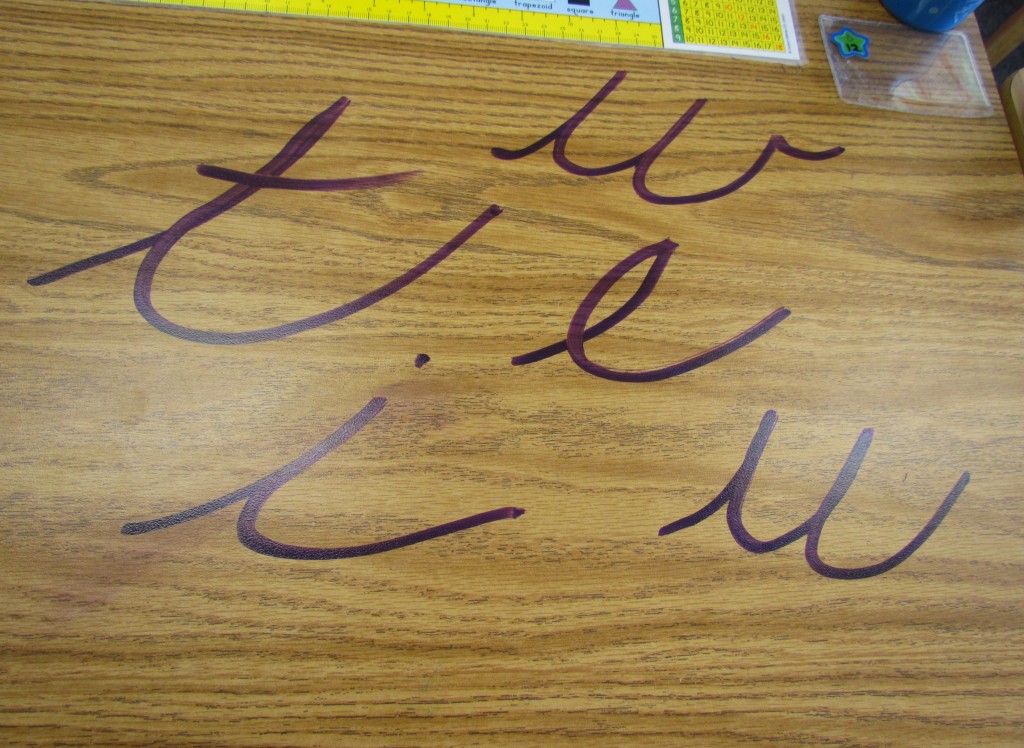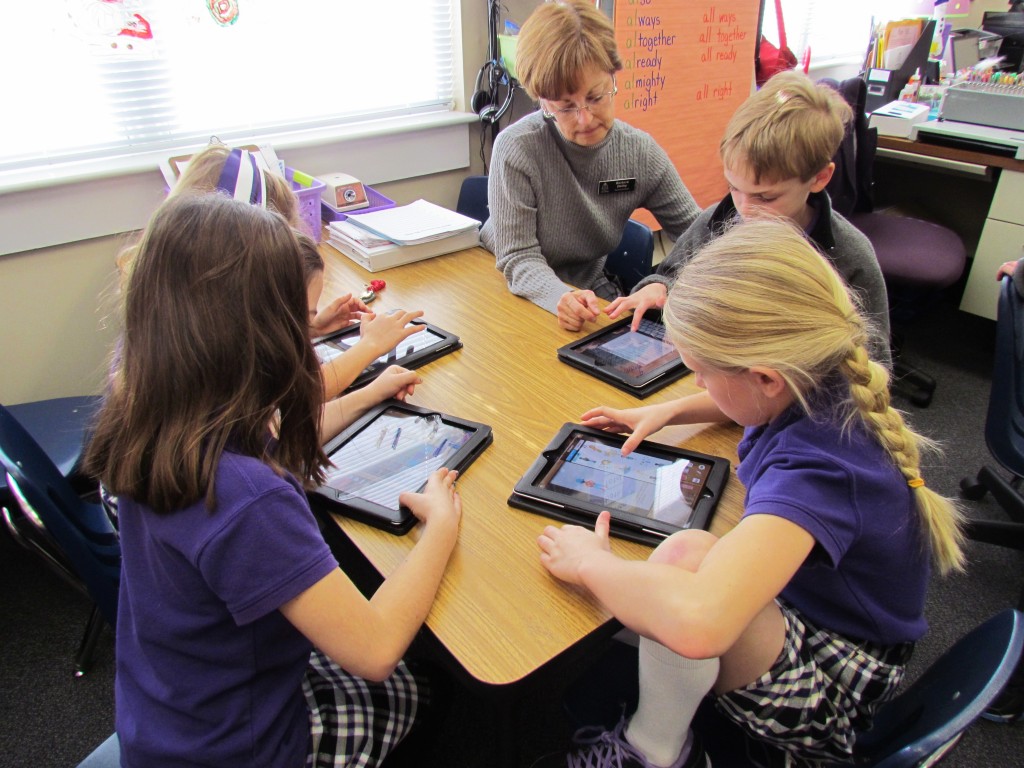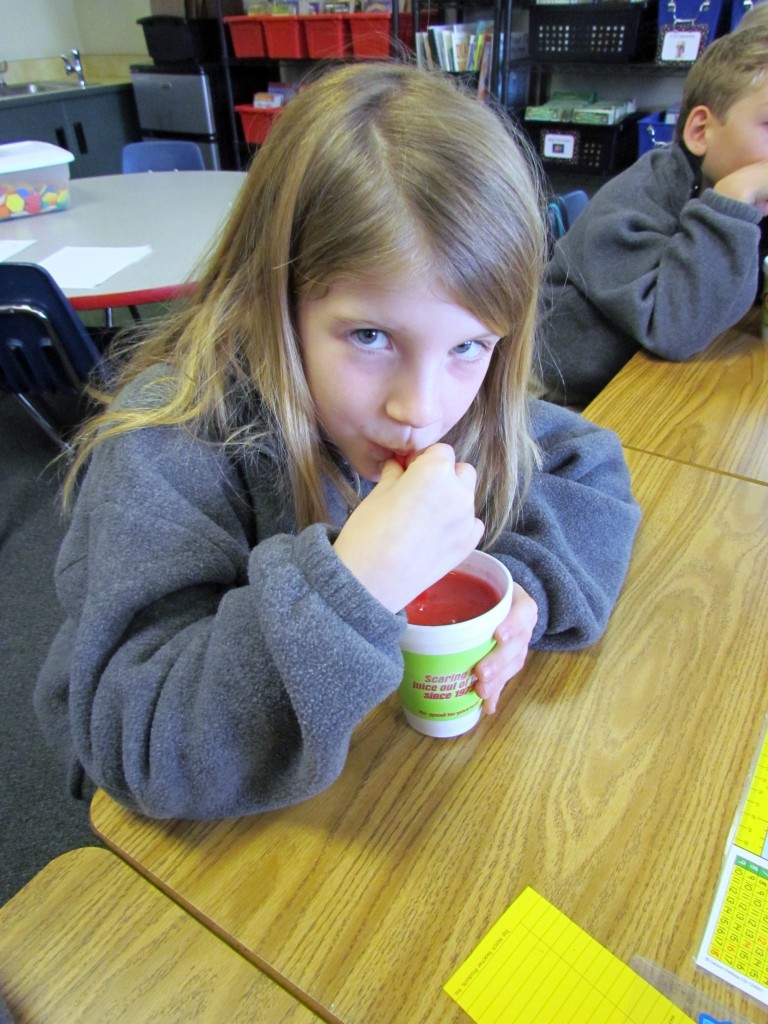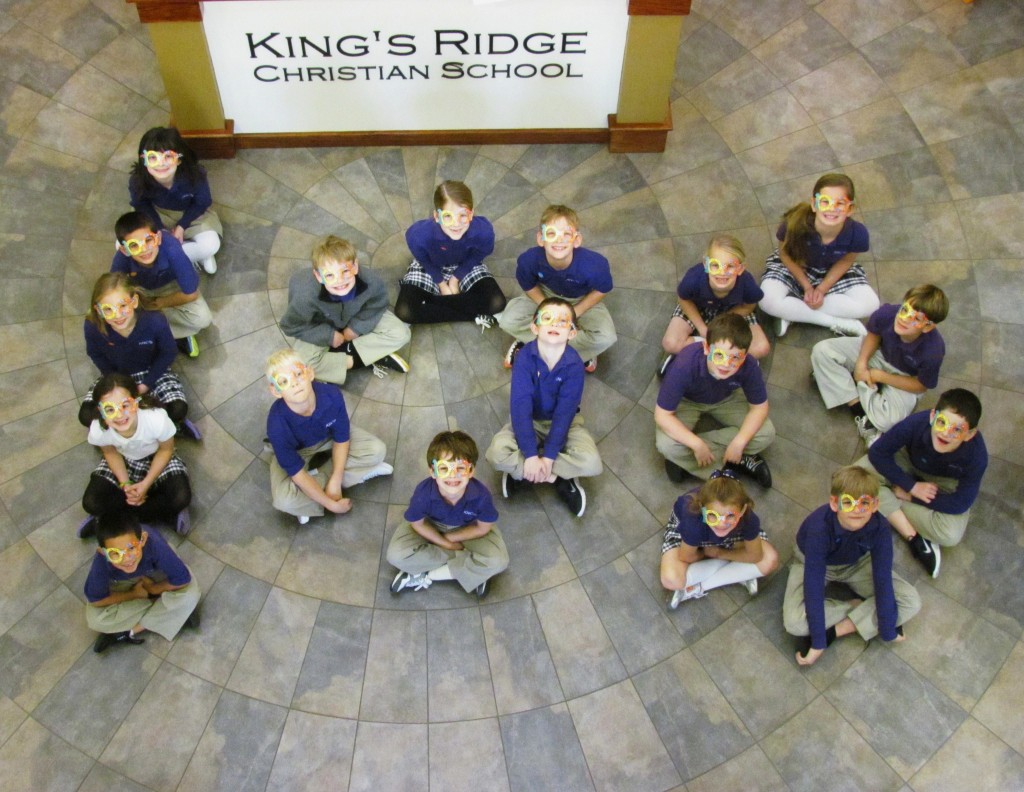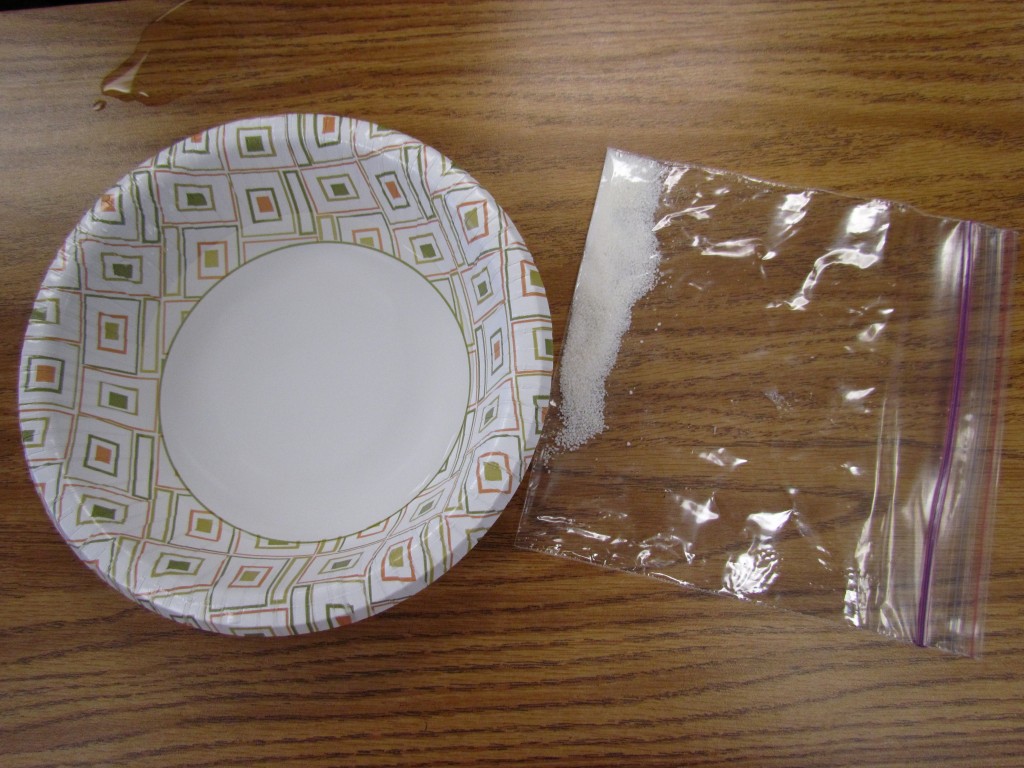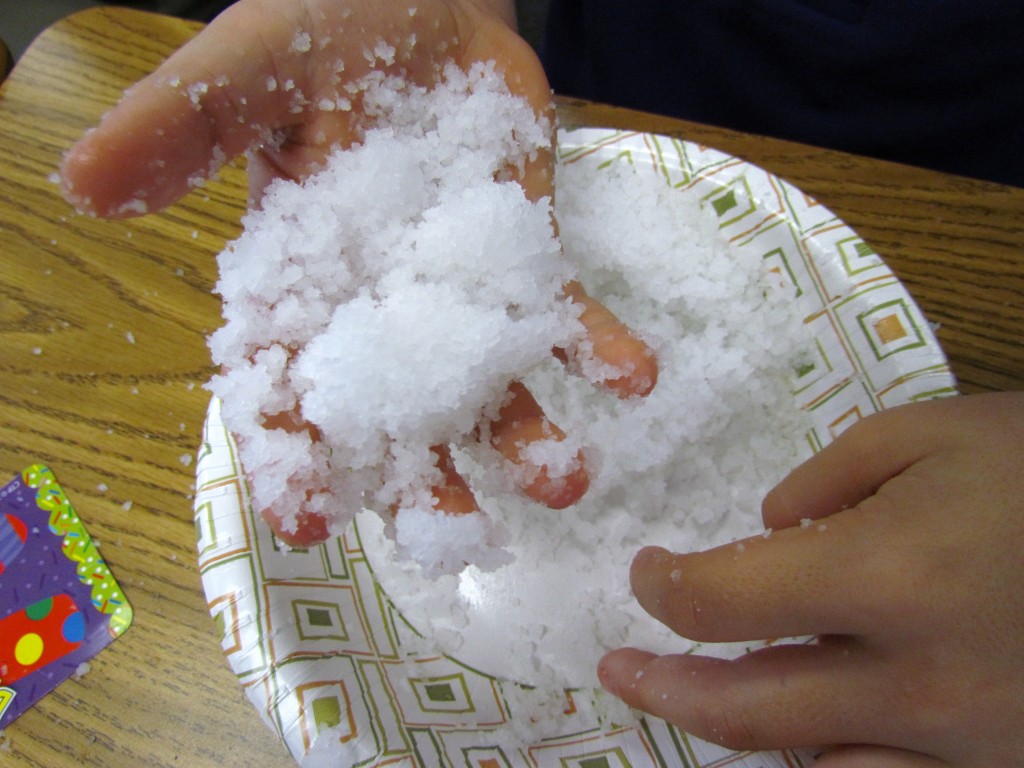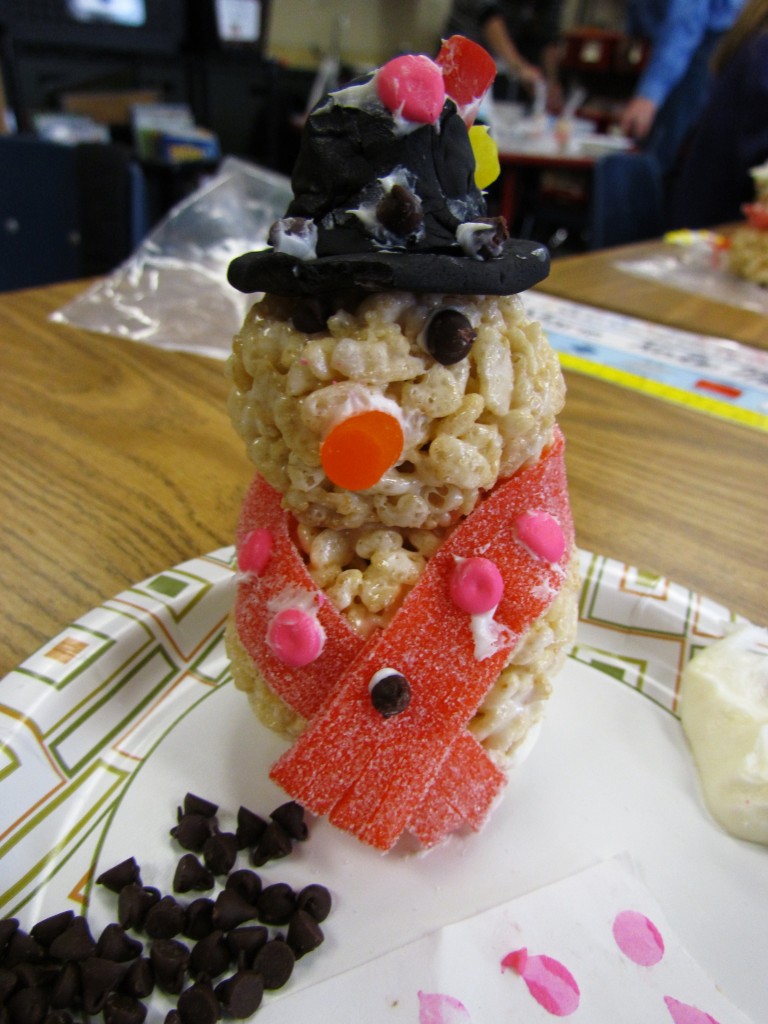What Teachers Wish Kindergarten Parents Knew
Kindergarten is an exciting and critical time in your child’s development and growth. You can play an important role in this wonderful journey. Here’s what kindergarten teachers want parents to know:
1. Your job isn’t over when you drop your little one off at school; it has only just begun. Your child’s teacher wants to be your partner. Keep them informed about what goes on at home that might affect your child’s behavior or academic performance. Share with them how what they do at school affects your child at home.
2. This is not your grandfather’s kindergarten. Sadly, much of what happens in kindergarten is driven by high standards and preparation for standardized tests. The expectations of what children need to know when they enter kindergarten are closer to what used to be expected in 1st grade. To boost your child’s academic skills:
- Talk with her about what interests her.
- Encourage her to be curious and ask questions.
- Point out letters and numbers when you see them in books and around town.
- Support her in solving everyday problems.
3. The more self-control your child has, the more successful he will be in school. Children need practice in deciding how and when to express their feelings and needs, and when and if to act on impulses. Help him develop and practice these skills at home before he tests them at school, where the consequences are a loss of learning for him and for others.
4. Make yourself known. Come in. Look around. Peruse the textbooks and materials. Knowledge is power. When you know about the subjects your child is studying, you will be able to help her better and have a common understanding for discussion. Volunteering is a wonderful way to learn about what goes on at school and to show your child how much you care about what she is doing.
5. Your child needs lots of opportunities for play outside of school. Play is the way in which he learns about himself and the people and world around him. But more often than not, play has been squeezed out of the school day. Playing both alone and in small groups helps facilitate learning and allows your child to practice skills and concepts.
6. Reading to your child once a day is not enough. Try to read together at least three times a day. Books are the gateway to building vocabulary, learning about print, and developing listening and early literacy skills. When you read, talk about the book. Discuss the characters and setting, make predictions, and create new endings. Point out letters and words in the text and encourage him to recognize rhyming sounds and words and to identify beginning and ending sounds.
7. Writing exploration at home is critical. Your child needs to have opportunities to use pencils, crayons, markers, colored pencils, and other writing instruments as she attempts to express herself in written form. She begins with scribbles and lines, moves on to letters and her name, and then to words and sentences.
8. Homework is an opportunity for talking, sharing, and listening. Teachers give homework to extend the learning of the classroom. It is a chance for you to find out what your child is studying and how well he is grasping the skills and concepts being taught at school. Talk with your child about his homework. It shows him that you care and value what he does at school.
9. Television and video games use up valuable playtime. Limit screen time. The hours spent with these electronic devices could otherwise be spent talking, reading, or actively learning through play.
10. First-hand experiences are another teacher for your child. Take her to museums, the zoo, the aquarium, the library, parks, arts performances, and geographic locations such as the mountains, beach, forests, and deserts. And do it often. She’ll grasp concepts and skills better if she has experiences with the real thing.
